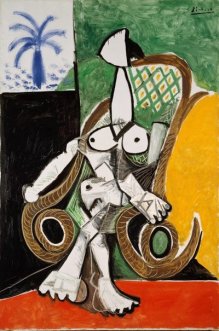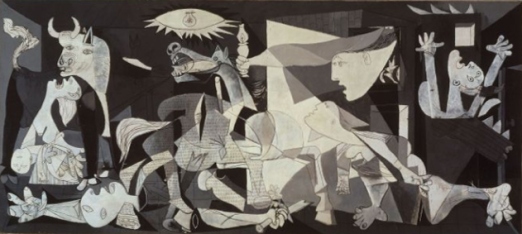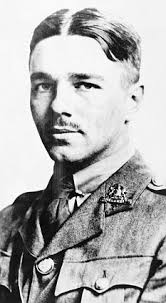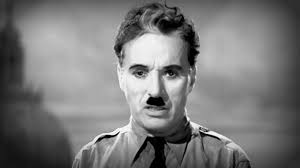Near the end of Eliot’s “The Waste Land” he writes
“These fragments I have shored against my ruin”.
In the spirit of Eliot’s vision of the world, write a poem or a short prose passage that uses this line as its opening.
These fragments I have shored against my ruin
The darkness building up inside of me
The daemons from Rome rising beneath
Yet no one around can understand or see.
Glaring to right the darkness is there
Blanket of stars will not save me now
Squealing women wandering the path
Yelling and screaming being fools
Ladies take a bow!
These women taunt me
They have no real purpose
The Bible showed us Eve
The “perfect” woman
That did no good but all harm
Being deceitful
Showing us their charm.
Darkness within me is because of them
Their lying nature tricked us all
Ask poor Adam,
As he took his grand fall.
Now we’re damned for eternity
She is to blame
All women are alike
Eve’s now fanning the flame
Her sin is his sin
One that I must carry now
Through the darkness to infernum
It’s all over now
I tried to write in the style of T.S.Elliot and attempted in embody this life experiences of his hatred for women due to his failed marriage. I like how Elliot plays with religious elements within his works because I believe he tries to make references to failures with in history and how he believes women as second level when compared to men. Similar to traditional views of women, I wanted to express a misogynist view of the 1950’s.





